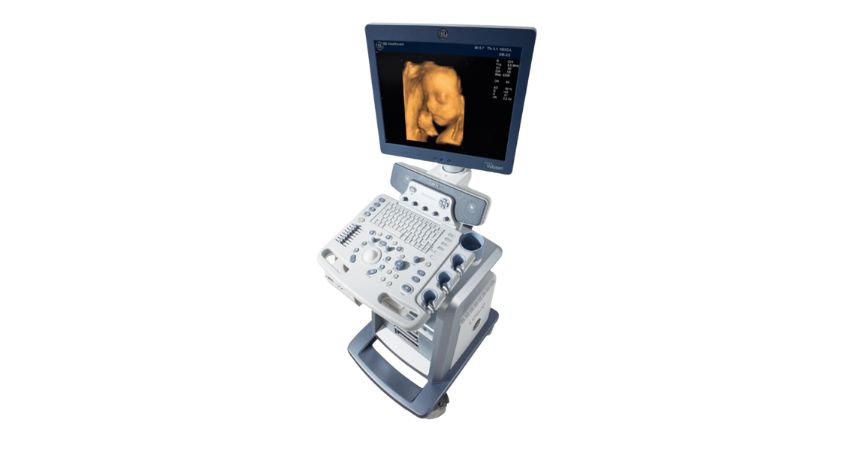Colour Doppler
Colour Doppler Test: Vascular Imaging in Andheri West, Mumbai

What is Color Doppler Imaging ?
Color Doppler imaging is a non-invasive medical imaging technique used to visualize blood flow in real-time. It measures the velocity and direction of blood flow within blood vessels.
Benefits of Color Doppler Imaging
Color Doppler imaging offers several notable benefits in the field of medical diagnostics:
- Color Doppler imaging is non-invasive and does not require the injection of contrast agents into the bloodstream.
- Real-time Visualization.
- Offer high spatial resolution, enabling detailed imaging of small blood vessels and subtle flow abnormalities.
- Color Doppler imaging can be applied to various anatomical areas, including the heart, brain, abdomen, extremities, and neck.
Dr. Sanjay Rajdev is an Interventional Cardiologist. He is a dedicated cardiologist. He has an excellent team for diagnostic tests. His team has experts for Color Doppler imaging, who will help you through the whole test.
FAQ
What medical conditions can color Doppler imaging help diagnose ?
Color Doppler imaging is used to diagnose a wide range of medical conditions, including peripheral arterial disease, venous thrombosis, cardiac valve abnormalities, intracardiac shunts, fetal anomalies, cerebral vascular disorders, joint vascularity issues, and more.

